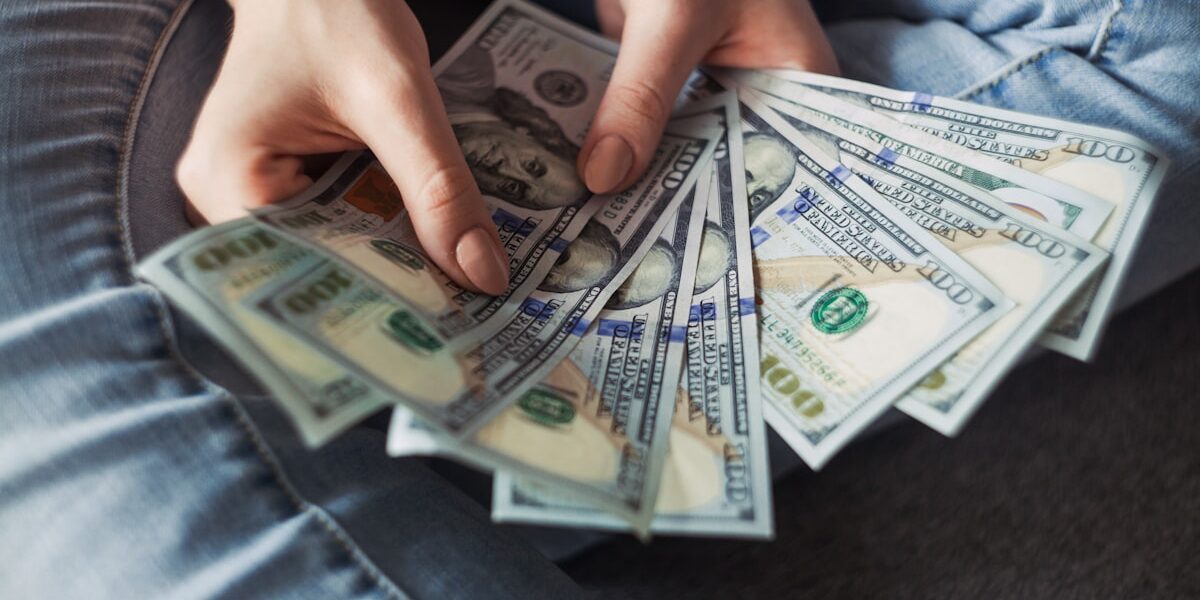Hey there! Have you ever looked at an old dollar bill and wondered if it’s worth more than its face value? Well, the world of paper money grading might have the answer for you! Let’s check out the top five things you need to know about this fascinating process:
1. **Grading Scales are Key:** Just like in school, paper money is given grades. These grades help collectors figure out how much the money is worth. The scale usually goes from 1 to 70, with 70 being a super-perfect bill that looks like it just hopped off the printing press!
2. **Condition Matters:** A bill’s grade depends on its condition. Is it ripped? Are there folds? How crisp does it feel? The fewer wrinkles and marks, the better the grade. It’s like getting extra points for having neatest notebook in class!
3. **Special Names for Special Bills:** Have you heard of ‘Uncirculated’ or ‘Proof’? These terms are used for bills that are in top-notch condition. They haven’t been passed around and are straight from the bank’s ‘cookie jar’.
4. **Fancy Serial Numbers:** Some bills have unique or repeating numbers like 12345678 or 11111111. Collectors love these and they can score a high grade just for their ‘cool factor’. It’s like having a secret code on your money!
5. **History Adds Value:** The age of a bill and its historical significance can up its grade too. A super old bill from the Civil War era is a piece of history, and this means it could score extra points and be worth a lot of money today!
So, before you spend that old bill you found in a birthday card, take a close look—it might just be a hidden treasure! Keep these fun facts in mind and you’ll understand paper money grading like a pro!



